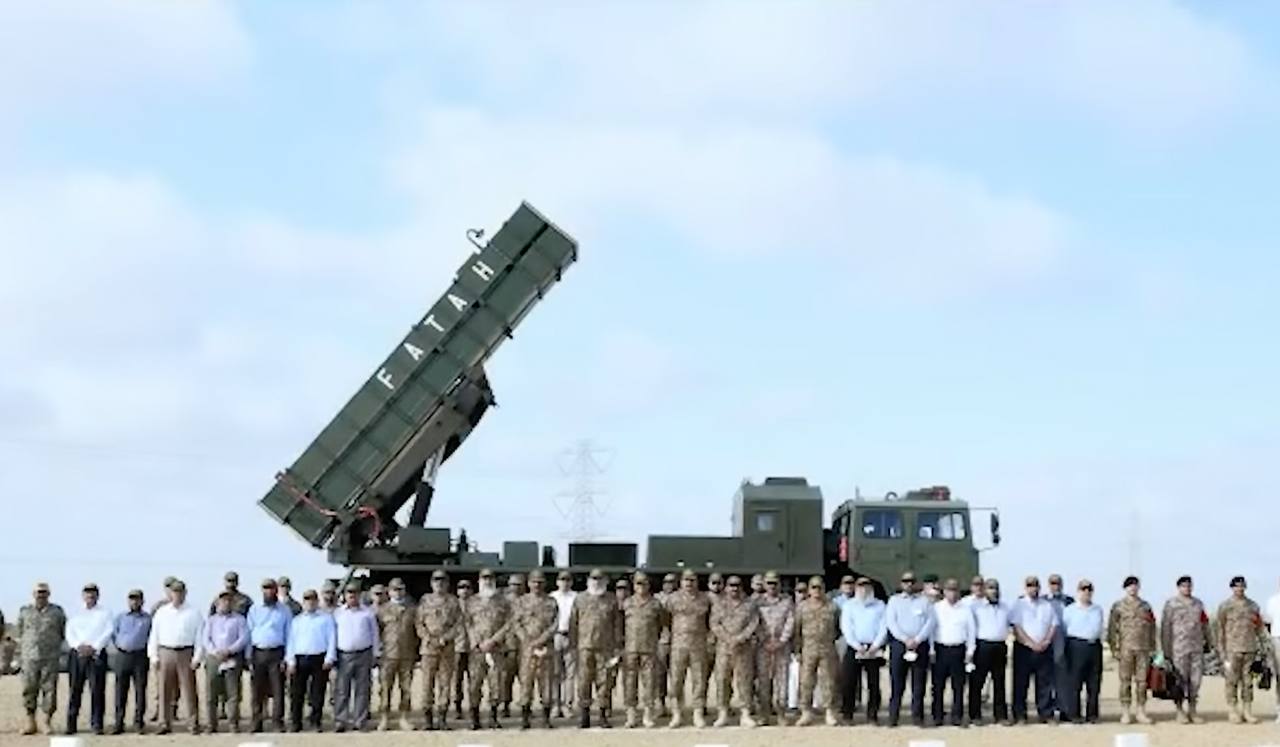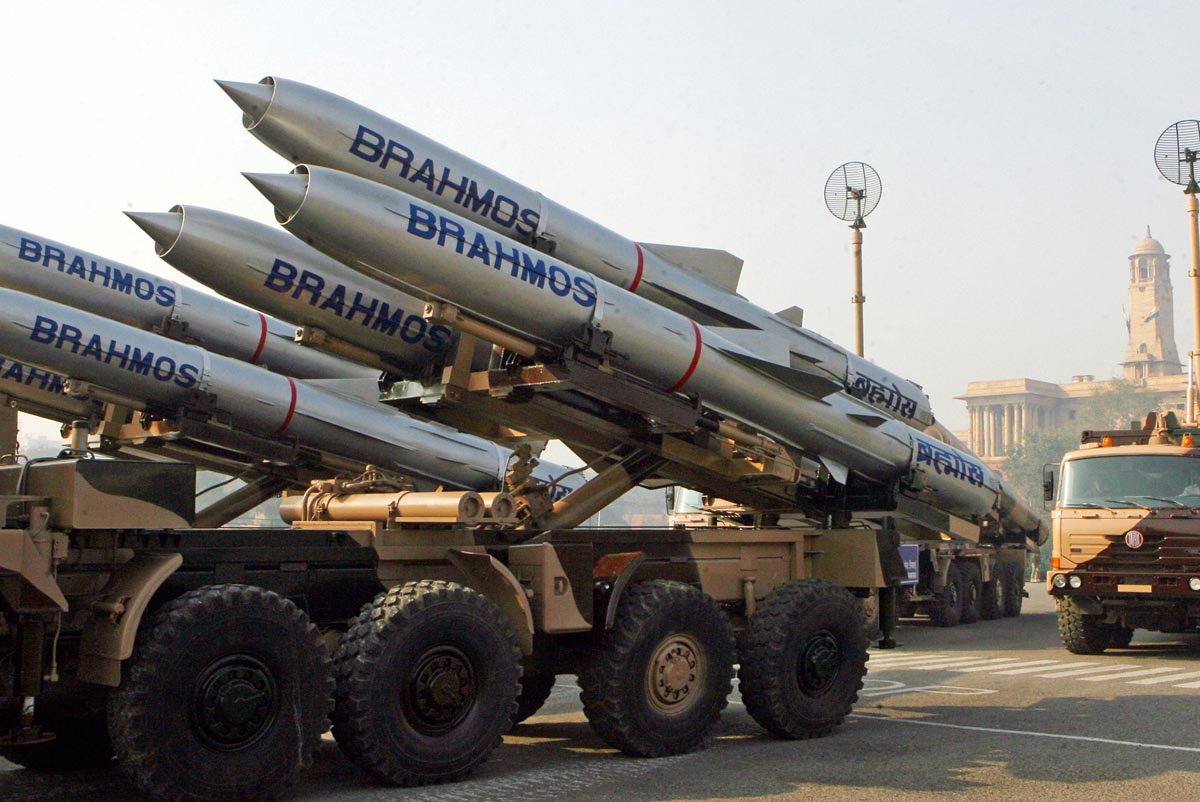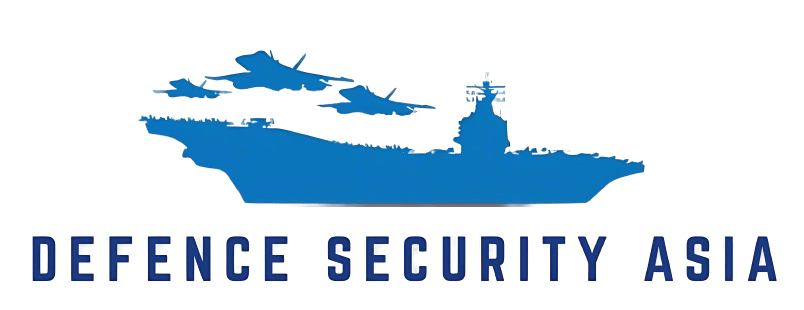Indian Carrier Group Shadows Karachi as Pakistan Denies ‘Naval Siege’ Claims
The allegation, attributed to British media sources citing Indian military officials, suggests that INS Vikrant, flanked by guided missile destroyers, frigates, and anti-submarine warfare (ASW) vessels, has begun advancing deeper into the northern Arabian Sea.


(DEFENCE SECURITY ASIA) – The Indian Navy’s flagship aircraft carrier INS Vikrant, a potent symbol of New Delhi’s maritime resurgence, is at the center of escalating regional speculation, following claims that the warship and its accompanying strike group are maneuvering closer to Pakistan’s coast—specifically toward the strategic port of Karachi.
The allegation, attributed to British media sources citing Indian military officials, suggests that INS Vikrant, flanked by guided missile destroyers, frigates, and anti-submarine warfare (ASW) vessels, has begun advancing deeper into the northern Arabian Sea.
Such a movement, if confirmed, would place Pakistan’s primary commercial and naval hub—Karachi Port—within range of Indian long-range precision strike systems, igniting fears of a potential maritime blockade or preemptive strike.
“The movement began eight days ago and involves an Indian naval strike group composed of an aircraft carrier, destroyers, frigates, and anti-submarine warfare (ASW) vessels,” the report stated.
This task force is reported to be armed with BrahMos cruise missiles, an Indo-Russian supersonic system capable of striking targets up to 300 kilometers away at speeds approaching Mach 3, making them a formidable threat in any maritime engagement scenario.
Karachi, which handles more than 60 percent of Pakistan’s international trade, is not just an economic lifeline but also hosts a concentration of Pakistan Navy assets, including submarines, surface combatants, and vital maritime infrastructure.
Analysts warn that any kinetic action by the Indian Navy against Karachi could deliver a crippling blow to both Pakistan’s economy and its naval deterrence posture, tipping the strategic balance in India’s favor in the Arabian Sea theatre.

However, Pakistani military officials have strongly rebutted the narrative, insisting that the Indian warships remain at their original station in international waters, a position they have reportedly maintained since India’s earlier air and missile operations between the nights of May 6 and 7.
“There has been no forward movement from that position,” a Pakistani security source confirmed.
“The Indian aircraft carrier remains at its original position in international waters and has not advanced toward Pakistani territory,” the source added, characterizing the alarmist claims as “deliberate disinformation aimed at inciting panic.”
Pakistan’s security establishment further denounced the foreign media report as “pure sensationalism,” arguing that the modern paradigm of naval warfare has evolved well beyond proximity, with long-range missiles rendering territorial encroachment tactically irrelevant.
“With today’s advanced long-range weaponry, any location can be targeted from afar, rendering such claims technically meaningless and strategically irrelevant,” the official said.
“The Pakistan Armed Forces are fully alert to every tactic and provocation by the enemy,” the source added, stressing, “We retain the capability to strike any target within enemy territory at a time, location, and with weapons of our choosing.”
Pakistani military leaders have assured the nation that they are maintaining full-spectrum surveillance of the maritime battlespace and are fully prepared to execute retaliatory operations should Indian aggression escalate.

“Our forces have responded and will continue to respond decisively to all hostile actions,” the official concluded.
Karachi Port, long regarded as the backbone of Pakistan’s maritime trade, also serves as the principal operational hub for the Pakistan Navy, known collectively as Naval Base Karachi.
Among the critical installations located in and around the port are:
-
PNS Karsaz – the Navy’s foremost training and technical education facility.
-
PNS Bahadur – a dedicated officer training school.
-
PNS Zafar and PNS Haider – providing vital logistical and administrative support.
-
PN Dockyard and the Submarine Base – the nucleus of surface ship and undersea warfare operations.
-
PNS Iqbal – headquarters for Pakistan’s elite Special Service Group–Navy (SSG-N).
-
PNS Shifa and PNS Rahat – comprehensive military medical facilities.
-
PNS Himalaya – the primary recruit training establishment.
-
The headquarters of Commander Karachi (COMKAR), overseeing naval combat readiness and deployment strategy, is also based there.
In view of these assets, Karachi is not merely a commercial port but a strategic nerve center for Pakistan’s naval power projection in the Arabian Sea.
The central actor in this unfolding drama, INS Vikrant (IAC-1), represents India’s entry into the exclusive club of nations capable of building and fielding a modern aircraft carrier entirely through domestic capabilities.

Named after the original INS Vikrant that played a decisive role in the 1971 Indo-Pakistani War, the current vessel embodies both India’s industrial progress and its growing maritime assertiveness.
Key specifications of the carrier include:
-
Length: 262 meters
-
Beam: 62 meters
-
Displacement: 40,000 tonnes
-
Top speed: 28 knots
-
Range: 7,500 nautical miles
-
Crew complement: Around 1,700
-
Air wing: Up to 30 aircraft, including MiG-29K fighters, MH-60R Seahawk helicopters, and HAL Dhruv rotorcraft for anti-submarine warfare and search-and-rescue missions.
The carrier employs a STOBAR (Short Take-Off But Arrested Recovery) flight deck, allowing it to launch and recover fixed-wing fighters using a ski-jump ramp and arresting gear.
Equipped with multi-function phased-array radar, close-in weapon systems (CIWS), and air defence missiles, INS Vikrant functions as a floating airbase capable of projecting air power far beyond India’s shores.
Its construction began in 1999, with keel-laying in 2009, followed by launch in 2013, and eventual commissioning into Indian Navy service on September 2, 2022.

Boasting more than 76 percent indigenous content, INS Vikrant is a flagship product of India’s “Make in India” initiative and a strategic game-changer in the Indo-Pacific region.
In the broader context of rising Indo-Pakistani military brinkmanship and increasing naval competition in the Indian Ocean, INS Vikrant’s deployment reflects India’s intent to establish operational dominance across vital sea lanes while reinforcing maritime interoperability with strategic allies like the United States, France, Japan, and Australia.
As maritime tensions spiral, the presence of a carrier strike group near one of Pakistan’s most sensitive economic and military nodes sends a strong signal—and raises urgent questions about whether the subcontinent is edging closer to another dangerous threshold.
— DEFENCE SECURITY ASIA

